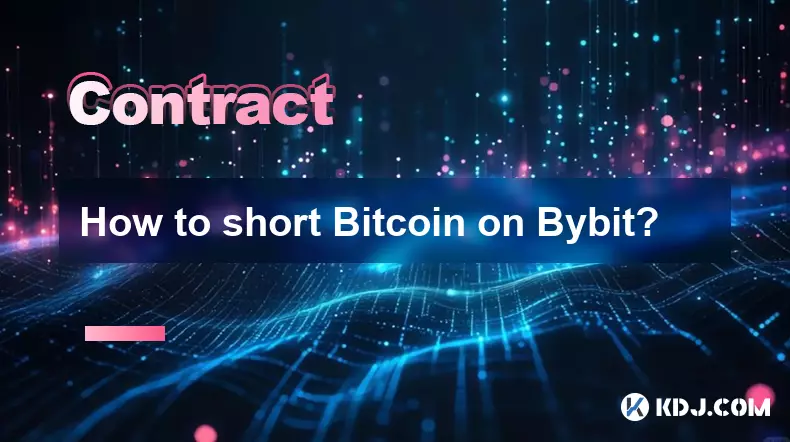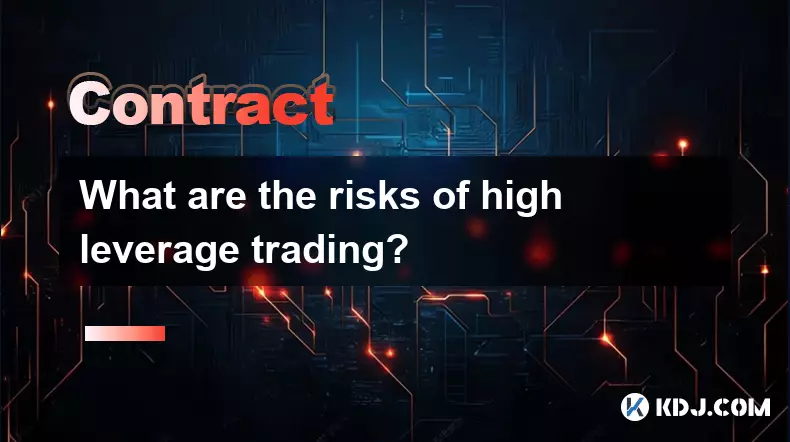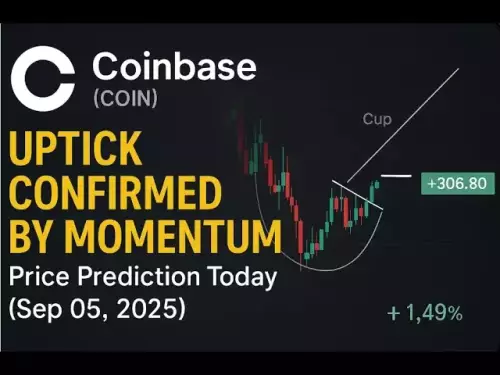-
 Bitcoin
Bitcoin $110800
-0.10% -
 Ethereum
Ethereum $4303
-0.60% -
 Tether USDt
Tether USDt $1.000
0.00% -
 XRP
XRP $2.818
0.28% -
 BNB
BNB $850.6
0.30% -
 Solana
Solana $203.2
-0.15% -
 USDC
USDC $1.000
0.00% -
 Dogecoin
Dogecoin $0.2175
2.01% -
 TRON
TRON $0.3309
-1.40% -
 Cardano
Cardano $0.8313
2.18% -
 Hyperliquid
Hyperliquid $47.11
3.83% -
 Chainlink
Chainlink $22.25
-1.16% -
 Ethena USDe
Ethena USDe $1.001
0.00% -
 Bitcoin Cash
Bitcoin Cash $609.3
3.12% -
 Sui
Sui $3.375
2.41% -
 Stellar
Stellar $0.3591
1.46% -
 Avalanche
Avalanche $24.24
-1.08% -
 Hedera
Hedera $0.2189
2.53% -
 Cronos
Cronos $0.2669
0.19% -
 UNUS SED LEO
UNUS SED LEO $9.548
0.29% -
 Litecoin
Litecoin $112.0
0.58% -
 Toncoin
Toncoin $3.082
-0.87% -
 Shiba Inu
Shiba Inu $0.00001240
2.25% -
 Polkadot
Polkadot $3.813
0.74% -
 Uniswap
Uniswap $9.406
0.95% -
 Dai
Dai $0.9998
-0.02% -
 Monero
Monero $269.3
0.62% -
 Ethena
Ethena $0.7188
9.97% -
 Aave
Aave $302.6
-2.26% -
 World Liberty Financial
World Liberty Financial $0.1770
-4.37%
What to do if you are about to be liquidated?
Liquidation occurs when a leveraged position is closed due to insufficient margin, often triggered by high leverage or volatile price moves—monitor your liquidation price closely to avoid unexpected losses.
Sep 06, 2025 at 01:00 am

Understanding Liquidation in the Crypto Market
1. Liquidation occurs when a trader’s margin balance falls below the required maintenance margin, forcing the exchange to close their position automatically. This typically happens in leveraged trading, where borrowed funds amplify both gains and losses. When the market moves against a leveraged position and the collateral value drops too low, the system triggers a liquidation to prevent further losses to the platform.
2. Traders using perpetual futures or margin trading are most vulnerable. Exchanges like Binance, Bybit, and FTX calculate a liquidation price based on leverage, entry price, and collateral. If the mark price reaches this level, the position is closed. Monitoring your liquidation price in real time is crucial to avoid unexpected closures.
3. High leverage increases the risk of liquidation dramatically. A 10x leverage position can be liquidated with a 10% adverse price move, while 100x leverage can result in liquidation from a mere 1% shift. Understanding the relationship between leverage and volatility is essential for risk management.
4. Some platforms offer partial liquidation, where only a portion of the position is closed to bring the margin ratio back to acceptable levels. However, many exchanges still use full liquidation models, especially during high volatility or low liquidity events.
5. The psychological impact of liquidation can lead to impulsive decisions. Traders often attempt to recover losses immediately, increasing exposure or using higher leverage, which compounds risk. Emotional discipline is as important as technical analysis in avoiding repeated liquidations.
Immediate Actions to Prevent Liquidation
1. Increase your collateral by depositing additional funds into the margin account. This action raises the maintenance margin and pushes the liquidation price further from the current market price. Most platforms allow users to add margin manually during open positions.
2. Reduce leverage by decreasing position size. Closing a portion of the position lowers the required margin and improves the buffer against price swings. This strategy is effective when the market is moving against you but you still believe in the long-term direction.
3. Set stop-loss orders proactively. While stop-losses don’t prevent liquidation directly, they allow you to exit at a controlled price before the system does. This gives you more control over the timing and execution price of the closure.
4. Switch to lower leverage settings. If you're holding a 50x long on Bitcoin and the market is correcting, reducing it to 10x significantly increases your survival range. Many traders overlook this option, clinging to high leverage even as conditions deteriorate.
5. Use hedging strategies such as opening an opposite position in a different contract or exchange to offset losses temporarily. For example, if you’re long on BTC/USDT perpetuals, opening a short on BTC/USD futures can reduce net exposure while you reassess the market.
Long-Term Risk Mitigation Strategies
1. Avoid maximum leverage offerings. Just because an exchange allows 100x doesn’t mean it should be used. Conservative leverage, such as 2x to 5x, provides much larger buffers and reduces emotional stress during market swings.
2. Diversify across multiple positions instead of concentrating funds into a single leveraged bet. Spreading risk across different assets or strategies reduces the impact of any single liquidation event.
3. Use isolated margin mode when available. This limits the liquidation risk to only the funds allocated to that specific position, protecting the rest of your portfolio. Cross margin can lead to cascading liquidations if one position drags down the entire account.
4. Regularly monitor funding rates in perpetual contracts. High positive funding rates indicate excessive long leverage in the market, increasing the likelihood of a short squeeze and rapid price reversals that trigger liquidations.
5. Integrate real-time alerts for price movements and margin levels using exchange APIs or third-party tools like CoinGlass or Hyblock. These tools can notify you before you reach critical thresholds, giving you time to act before it's too late.
Frequently Asked Questions
What happens to my funds after liquidation?After liquidation, the exchange closes your position at the prevailing market price or via auction. Any remaining collateral after covering the loss is returned to your wallet. In some cases, especially during extreme volatility, traders may face negative balances, though most platforms now use insurance funds to cover such deficits.
Can I recover from a liquidation?Yes, recovery is possible by reassessing your strategy, reducing leverage, and focusing on risk management. Many successful traders have experienced liquidation early in their journey. The key is learning from the event rather than repeating the same mistakes.
Do all exchanges liquidate at the same price?No, liquidation prices vary between platforms due to differences in mark price mechanisms, funding calculations, and margin models. Some exchanges use last traded price, while others use index-based pricing to prevent manipulation. Always check the specific rules of your trading platform.
Is partial liquidation better than full liquidation?Partial liquidation can preserve part of your position and give the market room to move back in your favor. However, it may not be available on all platforms or during flash crashes. Full liquidation removes all risk but also eliminates any chance of recovery if the price rebounds immediately.
Disclaimer:info@kdj.com
The information provided is not trading advice. kdj.com does not assume any responsibility for any investments made based on the information provided in this article. Cryptocurrencies are highly volatile and it is highly recommended that you invest with caution after thorough research!
If you believe that the content used on this website infringes your copyright, please contact us immediately (info@kdj.com) and we will delete it promptly.
- Bitcoin Whale Awakens: $10 Billion Ethereum Shift?
- 2025-09-06 06:25:11
- Cardano, Pi Network, and Presale Altcoins: What's the Buzz?
- 2025-09-06 04:45:15
- Bitcoin Hashrate, Price, and ATH: Navigating the Crypto Landscape
- 2025-09-06 04:30:12
- Tokens to Watch: Market Cap Projections for 2026
- 2025-09-06 05:05:13
- XRP, Trading Volume, and PayFi Altcoins: What's the Haps?
- 2025-09-06 04:50:12
- Trump Media, Crypto.com, and the Treasury Deal: What's the Deal?
- 2025-09-06 05:05:13
Related knowledge

What to do if you are about to be liquidated?
Sep 06,2025 at 01:00am
Understanding Liquidation in the Crypto Market1. Liquidation occurs when a trader’s margin balance falls below the required maintenance margin, forcin...

How to trade Ethereum futures?
Sep 05,2025 at 03:54pm
Understanding Ethereum Futures Basics1. Ethereum futures are financial derivatives that allow traders to speculate on the future price of ETH without ...

What is the best leverage for beginners?
Sep 06,2025 at 02:37am
Understanding Leverage in Cryptocurrency Trading1. Leverage allows traders to borrow funds to increase their position size beyond their available capi...

Why was my futures position liquidated?
Sep 06,2025 at 12:18am
Decentralized Exchanges and Their Impact on Crypto Trading1. Decentralized exchanges (DEXs) have reshaped the way users interact with digital assets b...

How to short Bitcoin on Bybit?
Sep 06,2025 at 04:36am
Understanding Short Selling on Bybit1. Short selling Bitcoin on Bybit allows traders to profit from price declines. This strategy involves borrowing B...

What are the risks of high leverage trading?
Sep 06,2025 at 01:55am
Risks Associated with High Leverage in Crypto Trading1. Leverage amplifies both gains and losses, but in volatile markets like cryptocurrency, the dow...

What to do if you are about to be liquidated?
Sep 06,2025 at 01:00am
Understanding Liquidation in the Crypto Market1. Liquidation occurs when a trader’s margin balance falls below the required maintenance margin, forcin...

How to trade Ethereum futures?
Sep 05,2025 at 03:54pm
Understanding Ethereum Futures Basics1. Ethereum futures are financial derivatives that allow traders to speculate on the future price of ETH without ...

What is the best leverage for beginners?
Sep 06,2025 at 02:37am
Understanding Leverage in Cryptocurrency Trading1. Leverage allows traders to borrow funds to increase their position size beyond their available capi...

Why was my futures position liquidated?
Sep 06,2025 at 12:18am
Decentralized Exchanges and Their Impact on Crypto Trading1. Decentralized exchanges (DEXs) have reshaped the way users interact with digital assets b...

How to short Bitcoin on Bybit?
Sep 06,2025 at 04:36am
Understanding Short Selling on Bybit1. Short selling Bitcoin on Bybit allows traders to profit from price declines. This strategy involves borrowing B...

What are the risks of high leverage trading?
Sep 06,2025 at 01:55am
Risks Associated with High Leverage in Crypto Trading1. Leverage amplifies both gains and losses, but in volatile markets like cryptocurrency, the dow...
See all articles

























































































